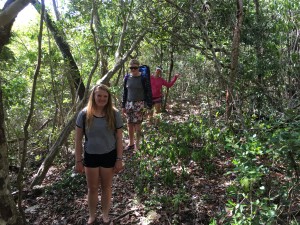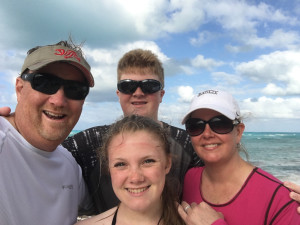Walking In A Plastic Wonderland
Some friends of mine just celebrated graduation by going to Bimini, Bahamas and that reminds me of a trip I took over Spring Break to the Abaco Islands. A local fishing guide suggested that my family and I hike through a gumbo limbo forest along what seemed like a secret path through the jungle above a cliff overlooking the ocean until we came upon a private, secret beach. A beach with the most beautiful sand, the most incredible colored water, and coral reef you have ever seen.
The coral reef was amazing in that you could just step off the sand, into the ocean, and swim out a few yards into another world filled with a kaleidoscope of color, fish, sponges, sea fans, and beauty.
But, as pristine as that beach was, and as secluded as it was in that we did not see another person the entire day we spent there, that beach was evidence of a growing environmental disaster that our planet, its oceans, and the creatures living within it face: man-made plastic pollution.
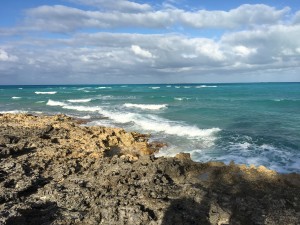 |
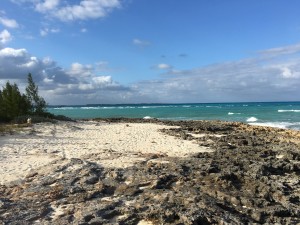 |
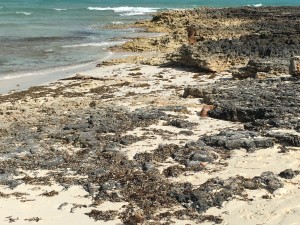 |
The pictures below are all from that same beach and I should share with you that it wasn’t hard to find plastic. It was everywhere of every size and shape and it was related to everything that you could imagine; from food products to clothing to marine uses to household goods, you name it. It was like walking through a department store and finding a who’s who or a what’s what of things that you and I could buy everyday but that end up in our oceans and on our beaches.
The worst part, perhaps, is that these types of things not only end up on the sand but they all too often end up being eaten by or entwined around one harmless sea creature after another. Not a few, but probably a few million all over our planet and that needs to stop.
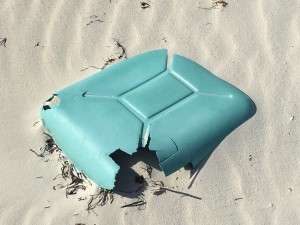 |
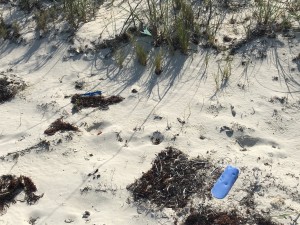 |
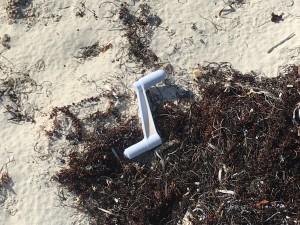 |
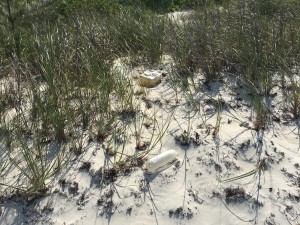 |
 |
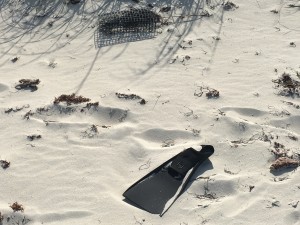 |
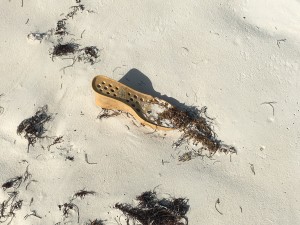 |
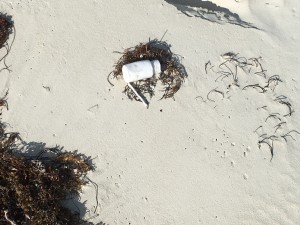 |
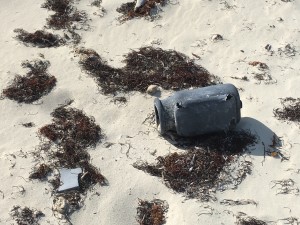 |
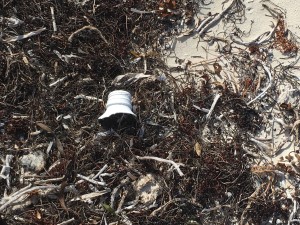 |
 |
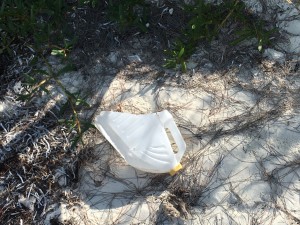 |
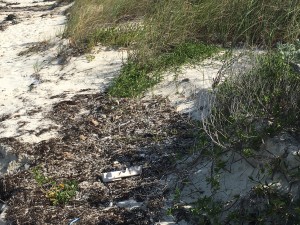 |
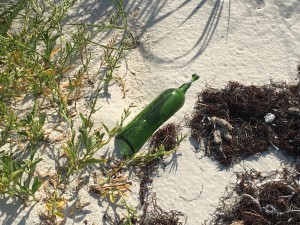 |
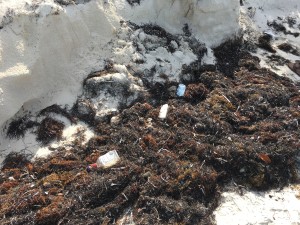 |
The United Nations UNESCO and the World Heritage Marine Programme will be hosting The Oceans Conference next week in New York. According to UNESCO, here are a few plastic marine pollution facts to consider:
- Plastic debris causes the death of more than a million seabirds every year, as well as more than 100,000 marine mammals.
- About ten years ago, the United Nations Environment Programme estimated that every square mile of ocean contains 46,000 pieces of floating plastic
- Seven of the EU States, Norway, and Switzerland recover over 80% of their used plastics. That’s the good news. The bad news is the rest of the world remains a serious issue and has limited to no strategy in place at this time.
- Plastics and other forms of litter often concentrate in our oceans and are drawn together by the ocean’s current into what are called gyres. There are five gyres in our world’s oceans now. The North Pacific Gyre is the biggest one, also known as the Great Pacific Garbage Patch, and is about two times as big as the state of Texas.
- Currents in the North Pacific Ocean gather litter from North America, Japan, and other areas in the region before bringing them together in the “Garbage” patch.
Stay tuned for more news about the United Nations and UNESCO’s incredible work (including about The Ocean Conference taking place at the United Nations in New York from June 5th through June 9th and World Oceans Day on June 8th) both here and through my social media channels and until then, please think of ways to keep our plastic products out of our oceans and off of our beautiful beaches.
Our oceans cannot protect themselves from mankind’s modern living, that’s up to each of us in our homes, on our boats, or while enjoying a day at the beach.
P.S. Over the last 24 hours, since the President’s announcement that he has decided to remove the United States from the Paris Pact, many people have asked me what I think and what we should do. My answers include staying calm and embracing hope.
The solution to our climate change crisis, in my view, begins on the local level, in the cities and towns all across America and in our States, not so much in Washington but all over America. Implementing local laws will begin to solve the problem and if anyone needed any motivation, then the farce of an announcement should certainly serve as motivation to take to the streets, to visit your local city council, your mayors, your state capital, and demand change. That should be our focus for the next three and a half years until we elect a president with vision for a sustainable future.
